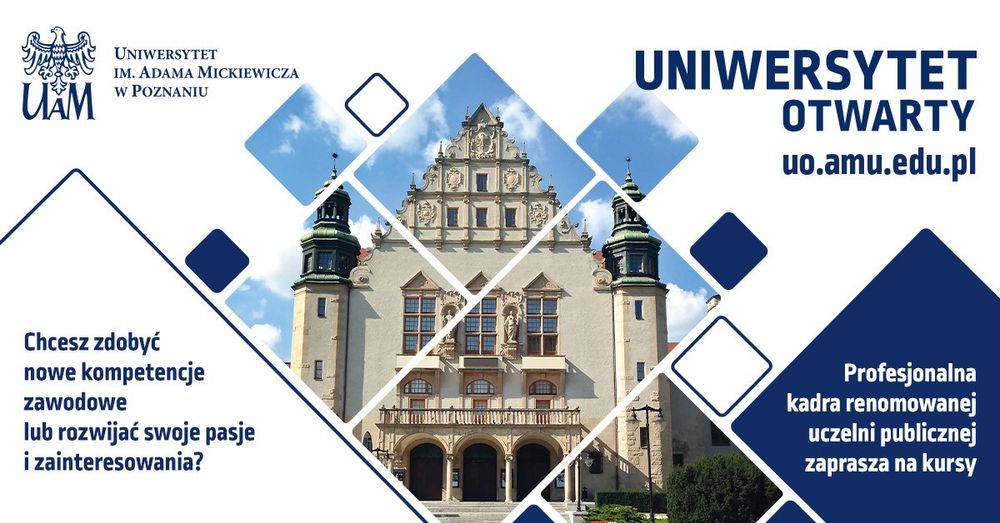Wydział Anglistyki
@wauampoznan.bsky.social
18 followers
2 following
13 posts
Wydział Anglistyki UAM | AMU Faculty of English | Poznań, Poland | anglistyka.amu.edu.pl
Posts
Media
Videos
Starter Packs
Reposted by Wydział Anglistyki
Reposted by Wydział Anglistyki












